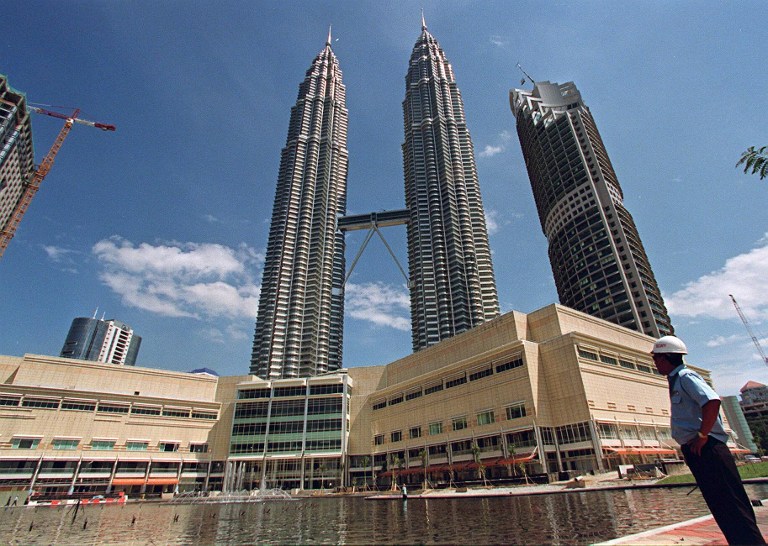KUALA LUMPUR, May 27 ― Malaysia has few options beyond painful structural reforms in order to reignite the country’s economic growth now stalling due to a decoupling from the global recovery, according to the Financial Times.
The London-based paper said that while export-dependent countries such as Malaysia, Thailand and Indonesia had once been able to take heart as the world economy improves, circumstances now have caused these emerging markets to bleed even as the rest of the world recovers.
Exacerbating Malaysia’s case is its high debt levels ― both the government’s and consumers ― that discourage more aggressive fiscal policies while declining oil prices that have benefitted most nations have cut deeply into the oil-exporting nation’s coffers.
“The way forward, of course, is structural reform,” said the FT.
“Across most of the EM (emerging markets) world, there is significant scope for further supply-side reform, including reducing bureaucracy, improving education, deregulation and privatisation,” the paper wrote in its opinion column.
High among the list of reforms demanded by Malaysia’s critics is the removal of the pro-Bumiputera New Economic Policy (NEP) that is condemned for blunting the country’s competitiveness.
Beyond the direct effect on Malaysia’s edge, the NEP and other programmes in its vein have also been blamed for driving the country’s non-Malays to find an exit, with neighbouring rival Singapore being the destination of choice for geographic and cultural reasons.
Upon taking office in 2009, Prime Minister Datuk Seri Najib Razak announced an ambitious plan to do away with race-based affirmative action from the NEP and replace this with merit-based aid in what he then called the New Economic Model (NEM).
But the plan was short-lived as conservative Malay groups baulked at the idea, forcing Najib to not only abandon his proposal but to also increase aid for the dominant Bumiputera community.
Despite its prescription for such substantive reforms, however, the FT acknowledged their improbability in the current climate of stuttering economic performance.
“But this (reforms) is difficult stuff and twice as difficult to do when growth is already falling,” it said.
Still, it pointed out that Malaysia and other countries in the same dilemma may have little choice if they hope to revive their economies.
“Most EMs sharply reduced interest rates during (and following) the crisis, so there is not much more they can do to make their currencies more competitive or to stimulate domestic consumption,” it said.
Bank Negara Malaysia kept the key Overnight Policy Rate (OPR) at 3.25 per cent this month ― nearly a year since it last made a change ― even as a new Goods and Services Tax (GST) introduced in April 1 depressed consumer spending.
The central bank is particularly wary of encouraging Malaysians to take on more debt, with households having already piled on the equivalent of 86 per cent of the country’s gross domestic product in borrowings.
The sharp depreciation of the ringgit ― Asia’s second-worst performing currency ― also compounded the decline in oil prices that forced Putrajaya to tinker with its Budget for 2015 in January, just two months after it tabled the original.
Low oil prices continue to plague Putrajaya’s biggest source of revenue; five days ago state oil company Petronas announced a 38 per cent drop in its profit and expected poor earnings throughout 2015.
Malaysia’s exports fell 9.7 per cent in February from a year earlier, the biggest drop since September 2009, due to a slump in oil prices and a weakening Chinese economy that cut demand for commodity shipments.
Malaysia's economy likely grew at a slightly slower pace in the first quarter due to weaker exports, but a surge in factory output and private consumption in March prior to the implementation of a new consumption tax may offer support.
First quarter gross domestic product (GDP) was estimated to have risen 5.5 per cent from a year earlier, according to the median forecast of a Reuters poll, slower than 5.8 per cent in the fourth quarter. The forecasts ranged from 5.0 to 6 per cent.
Full-year growth is expected to come in at 5.0 per cent according to the latest poll, compared with 6.0 per cent in 2014.



















